#wild mammals
Explore tagged Tumblr posts
Text

Introducing the new Mammal Info Sheets. By joining the club, every week you will receive a PDF with exclusive information sheets about the animal I illustrate! You can learn facts and valuable insights about mammals from around the globe, stay informed about endangered species, and meet new ones. This week: the Numbat!
Here is the link to the club if you want to join:
Please share if you know someone who might be interested. Thank you!
#numbat#wild mammals#illustration#drawing#scientific illustration#illo#wild animals#wildlife#artist on tumblr#animals#mammals#animal#inforgraphics#conservation#exotic animals
16 notes
·
View notes
Text
Armadillos Don’t See Well, but They Have a Great Nose
Taking a Break On one of my recent trips to Watermelon Pond a pretty little nine banded armadillo (Dasypus novemcinctus) found me. I was hiking through the woods towards the water when it happened along. I say it found me because it came out of some heavy underbrush into the more open area where I was walking. It looked around, never saw me, and began to follow its nose around in search for some…
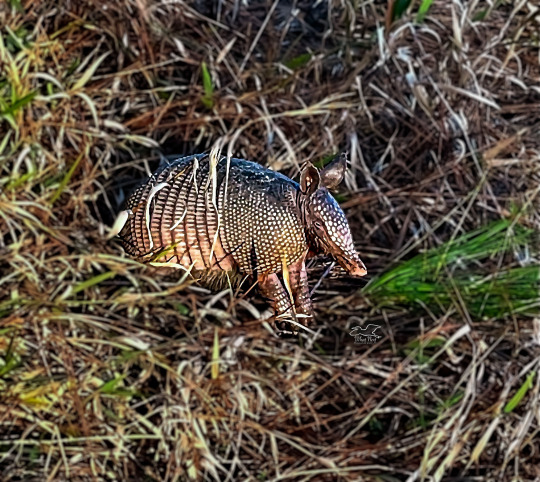
View On WordPress
#armadillo encounters#armadillo photographs#armadillos#Florida armadillos#Florida mammals#Florida small mammals#interesting mammals#mammal photographs#mammals#nine banded armadillos#North American armadillos#photography#small mammals#unusual mammals#wild mammals#wildlife#wildlife photographs#wildlife photography
2 notes
·
View notes
Text
Vulpini


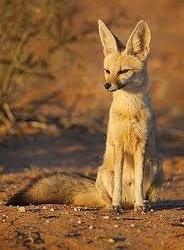

(From top left, to bottom right: red fox, fennec fox, cape fox, corsac fox)
Vulpini is a tribe (taxonomic rank below subfamily, and above genus) comprised of true foxes (The genus Vulpes) and the fox-like Otocyon and Nyctereutes genuses. It is also the sister tribe of Canini.

(Take a wild guess what species this fella is)
With some exception, members of Vulpini closely resemble the red fox (Vulpes vulpes). For example, small size (relative to other canines, such as wolves or coyotes), bushy tails, and prominent ears are traits generally found within Vulpinids. Alright, stage set, lets get into it.
The best scientific name
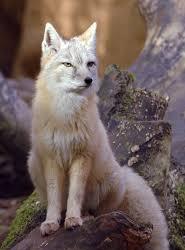
(Thought I was gonna say the red fox, didn't ya?)
The corsac fox, Vulpes corsac (vulpes means fox, I cannot find the meaning of corsac) so, the corsac fox's scientific name, is a word meaning fox, and the word corsac... this is about as good as it gets, friends.
Honorable mention(s): Vulpes zerda, Vulpes Vulpes
The littlest baby
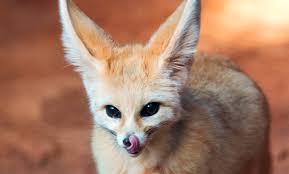
(SO CUTE)
The fennec fox's (Vulpes zerda) ears are just about the only big thing about it, they're not just the smallest fox, but the smallest Canid (true canine) as well.
Males are 15.4 to 15.6 inches (391.16-396.24 mm) long, not counting their relatively long, 9.1-9.8 inch (23-25 cm), tail. Females are generally even smaller, coming in at 13.6 to 15.6 inches (34.5-39.5 cm) long, their tails are the same length. They weigh 1.5 to 3.5 pounds (0.9-1.4 kilograms)
Honorable mention(s): Blanford's fox, cape fox
The weirdest

(AKA: Chinese/Asian raccoon dog, mangut, and neoguri)
The common raccoon dog (Nyctereutes procyonoides) They are not a raccoon, or a dog, but a fox-like canine.
They're such lil weirdos! They look like raccoon in color palette, but don't really have the right body structure, so uncanny, yet cute.
Also, they're one of few canids to climb trees (but they aren't arboreal) AND they're the only canid to hibernate, their survival depends having enough extra fat built up for Winter.
Honorable mentions: Fennec fox, bat-eared-fox
The most Vulpini-y

(Was there ever any doubt?)
Vulpes vulpes, need I say more? I mean, just look at it, it (and its scientific name) screams fox.
They are unique in their highly adaptable nature, sadly they're a bit too good at it. Red foxes are very invasive, considered one of the world's 100 most invasive species, a list by the IUCN which includes not just animals, but all types of species, even viruses, so yikes.
Ironically, despite their name they are often afflicted with melanism and leucism, conditions which alter their pigmentation and therefore color.
Honorable mention(s): corsac fox, arctic fox
The biggest baby

(Haha, they friends)
Measuring at 22-32 inches (56-82 cm) with a 14-16 inch (35-43 cm) long tail, they are suprisingly light for their size, weighing just 15 pounds (2.7-6.8 kilograms)
Honorable mention(s): Arctic fox
My favorite




(I'm big enough to admit a lot of the reason I favor them is because they're amazingly cute)
Their huge floppers are multi-purpose-ears, not just giving them amazing hearing, but they also help to dissipate desert heat! They can go for long (I can't find out how long exactly) without drinking water, getting hydration from food or licking dew, they are the only carnivore in the Sahara Desert able to do so.
The thickness and color of these lads' fur helps with the heat as well.
Honorable mentions: Arctic fox, bat-eared-fox
The most threatened
Woohoo! Yeah! No picture, you know what that means?! It seems all Vulpinids are least concern, the least endangered possible rank on the IUCN's system.
Nice.
#Gonna start doing honorable mentions on these from now on#red fox#fox#vulpes vulpes#Vulpes#Vulpini#arctic fox#foxes#cute animals#animal#animals#animal facts#wild animal#animal fact#zoology#please correct any typos or erroneous information#TaxonOverview#mammalogy#mammal#wild mammals#wild animals and all#Zoology#fun facts
3 notes
·
View notes
Text
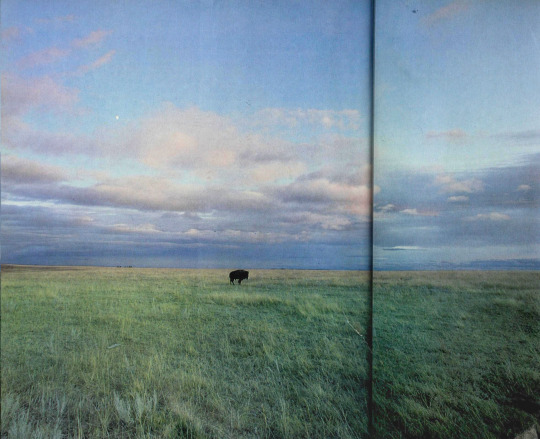
American bison By: S. Wilson From: Wild, Wild World of Animals: Wild Herds 1977
7K notes
·
View notes
Text




vancouver sea wolves 🐟
#canines#nature#wolf#wolf photography#animals#mammals#wolves#photography#wild wolf#sea wolf#ocean#vancouver#canada#canadian wildlife#canadian wilderness#canadian#nature photography
2K notes
·
View notes
Text
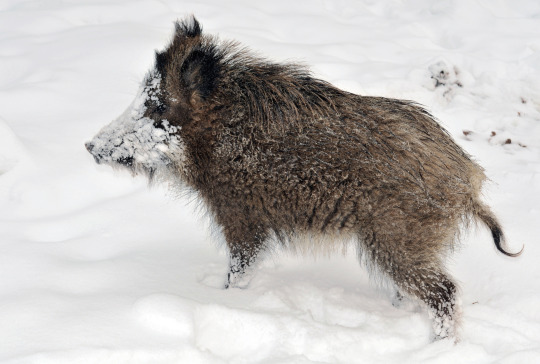
a young wild boar in the Wisentgehege Springe game park near Springe, Hanover, Germany
8K notes
·
View notes
Text

african wild dogs
2K notes
·
View notes
Text

African Wild Dogs, Tanzania -- 72 x 44 cm. Woodcut. Wolfgang Weber (b. 1936)
via
4K notes
·
View notes
Text

Asiatic Wild Dog aka Dhole (Cuon alpinus), family Canidae, China
photograph by Eric Gevaert
1K notes
·
View notes
Text
A recent study confirms what wildlife experts have been saying for years: hunting coyotes just gets you more coyotes. In areas where wolves have been extirpated, coyotes have often taken on the wolf's mantle as "that evil beast that must be destroyed at all costs or else they will eat our flocks and our families and ruin the world". This disproportionate hatred for a native canid often ends with people indiscriminately shooting, trapping, or poisoning any coyote they possibly can.
Instead of ridding their areas of coyotes, they often find that the coyotes return in larger numbers. The study doesn't surmise why that is, only reporting that the populations do not drop in response to killing. But Team Trash makes some good educated guesses.
Maybe we can stop responding to an animal that is inconvenient to us with "kill it!" and instead look at some of the many nonlethal ways to protect livestock, pets, and ourselves. We may have hunted and trapped wolves, bears, and mountain lions out of much of their historic ranges, but it's apparent coyotes aren't going away. they're a reminder that nature will persist in spite of our attempts to control it to the nth degree, and I see that as a good reminder to remember our place as part of nature, rather than separate from it. We can find better, mutually safer ways to coexist, but it starts with us ratcheting back our most extreme responses to anything that doesn't immediately do what we want it to.
#coyotes#wildlife#canids#Canidae#mammals#animals#wild animals#nature#ecology#environment#conservation#science#scicomm#animal welfare#animal behavior#hunting
790 notes
·
View notes
Text

Przewalski's Horse Equus ferus ssp. przewalskii 吐尔洪乡, 阿勒泰地区, 新疆维吾尔自治区 Turhong Township, Altay Prefecture, Xinjiang Uygur Autonomous Region, China 45.271788, 88.766909 by almaatai
#genuinely thought this was a cave painting at first#equus ferus#wild horse#equus ferus ssp. przewalskii#china#equus#genus equus#horses#family equidae#equidae#m#mammals#anyways. !!!!!#inaturalist
8K notes
·
View notes
Note

For your gay little dogs
.
#principal skinner pride flag for my gay little dogs#you see this is why my dog people need to see the same spectrum of colors we do#I feel like their literal world view would be drastically altered if they couldn't distinquish between orange and green#I'd argue that red is a significant color in practically every culture#it's instinctual associations with danger food and fertility make it attention grabbing on a visceral monkey brain level#I strongly suspect the impact would be at least somewhat negated if it was a muted brownish khaki instead#meaning it wouldn't be used in visual communication nearly as much#I would have to center my art and worldbuilding more around yellow and blue because those would be the colors the dogs would see clearly#right? is that sound logic?#and that would just make me immensely sad because warm colors are my favorites :<#answered#m0notropa-uniflora#something that continues to boggle my mind is that there are animals that see more colors than humans#we like to assume that our color vision is the best we can see it ALL look at that rainbow there that's the full set#yes primates are well equipped in this regard compared to many other mammals like dogs#but most birds for example have more color receptors in their eyes they have more tools to work with and their rainbow is even wider#it's like sound everyone knows we can't hear sounds that are impossibly low or too high#and we can't process wavelengths of light that are too long (infrared) or too short (ultraviolet)#only what lands between those bookends (called the visible spectrum) reads to our human eyes as “light” and subsequently “color”#I hope I've understood this correctly I'm trying to say that there's a whole layer of vision we don't have the hardware to get access to#and that's just wild to me like we are fundamentally unable to imagine a new color that isn't already included in our built-in selection#but they're definitely there the unimaginable colors are in the room with you and a common pigeon can see them#uv dlc not available for your system
574 notes
·
View notes
Text
American Bison are an Unusual Find in Central Florida
American Bison One of the most unusual animals you can see here in Central Florida are a wild herd of American bison (Bison bison). They live out on the prairie area on Payne’s Prairie and roam wild along with a herd of Mexican wild horses. Last week, after a long day of birding, I took one more hike out on the prairie and came across this small group of bison as they grazed. Bison are not…
#American bison#bison#bison in Florida#bison photographs#bison photography#grazing mammals#large mammals#mammal photographs#mammal photography#mammals#migratory mammals#Payne’s Prairie State Park#wild bison#wild mammals#wildlife#wildlife photographs#wildlife photography
1 note
·
View note
Text
White-Nosed Coatimundis
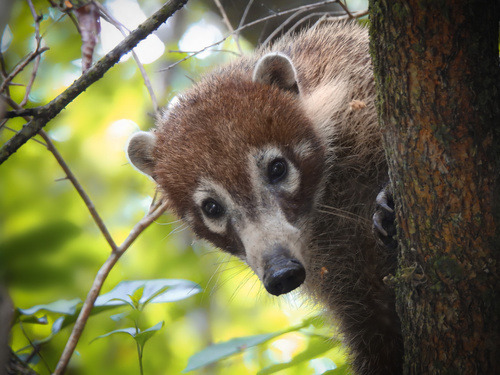
Don't fall prey to the same error I did, it is pronounced "koh-ah-tee-muhn-dees"
Scientifically known as Nasua narica, AKA antoon, gato solo, pizote, and tejón.

You may or may not have noticed the rather pronounced sniffer on this lad, the folks behind its taxonomy sure did, Nasua translates to 'nose' and narica translates to nostril, I leave this information for you to do with as you wish.

This caniformic cutie is known to help pollinate balsa trees, in exchange it gets precious nectar, though, most of its food comes from insects, with the occasional land crab, or small vertebrate.

Despite being part of the same family as raccoons (Procyonidae) it is actually diurnal. It spends most of its time on the ground, but does climb trees, something its large front claws, and tail, make it adapt at.

It is thankfully considered least concern by the IUCN, its range is large (comprising some of North, Central, and South America) and its population has been growing since the sixties, after it took a hit, it even seems to have gotten a stable population in Florida, after some escaped captivity, though, the exact time it started is unknown.
Some people keep them as pets, I frankly detest that, but I concede, if I could cuddle one of these fluff-babies without harming either of us, I would.
#cute animals#animals#animal photography#wild mammals#wild animal#mammal#Coatimundis#Feel free to correct any erroroneous information or typos#If you have an animal you think is neat I'd be happy to hear about it#SpeciesRunDown
2 notes
·
View notes
Text

Mustangs By: P. Eppridge From: Wild, Wild World of Animals: Wild Herds 1977
1K notes
·
View notes
Text

hellroaring mountain pack at carnelian creek - source
#canines#animals#nature#mammals#wolf#wolf photography#wolves#photography#wild wolf#yellowstone#grey wolf#wolf pack#canids#canidae#natural world#nature photography#wolfquest#wolfquest ae#wolfquest saga#yellowstone national park
1K notes
·
View notes